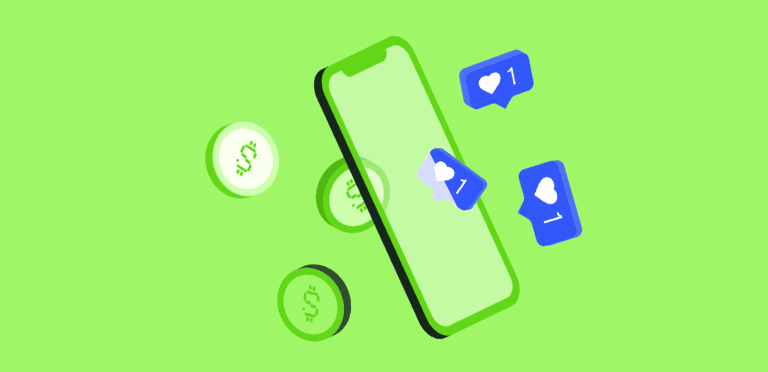It’s a method that people and businesses use to make money from their online content. People usually start as either a side hustle or hobby, and eventually scale efforts to become full-time content creators. Content monetization comes in all shapes and sizes from blogs, affiliate marketing, advertising, selling online courses or even by making videos.
Content itself has become more valuable than ever and is a great way to make money. Essentially, when people consume content, the creator profits directly or indirectly through the owner of the channel hosting the content. The content owner can monetize by selling directly to an audience, or through sponsored content.
Content monetization is the biggest challenge for 44% of marketers. Platforms change their algorithms, affecting strategies and ROI projections. And it’s the platform that owns the audience, not the marketers.
This opportunity is open to everyone, but there is a caveat. It works only if you know what you’re doing. Creating a schedule, sticking to it, and maintaining consistency to keep your audience engaged with quality content is often time-draining and exhausting. Many content creators burnout. Therefore, balance is the key to content success. A good monetizer always strives to inform, inspire, educate, and empower rather than just looking for profits.
It is important to be realistic before diving in. Since it can be overwhelming to understand how content monetization works, here are some basic points:
- Every platform has different approval criteria.
- It is not a get-rich-quick scheme.There is a high failure rate.
- It is highly competitive (add as much value as you can).
- Policy violations can lead to termination from monetization programs.
- Promote product as per the FTC’s law.

